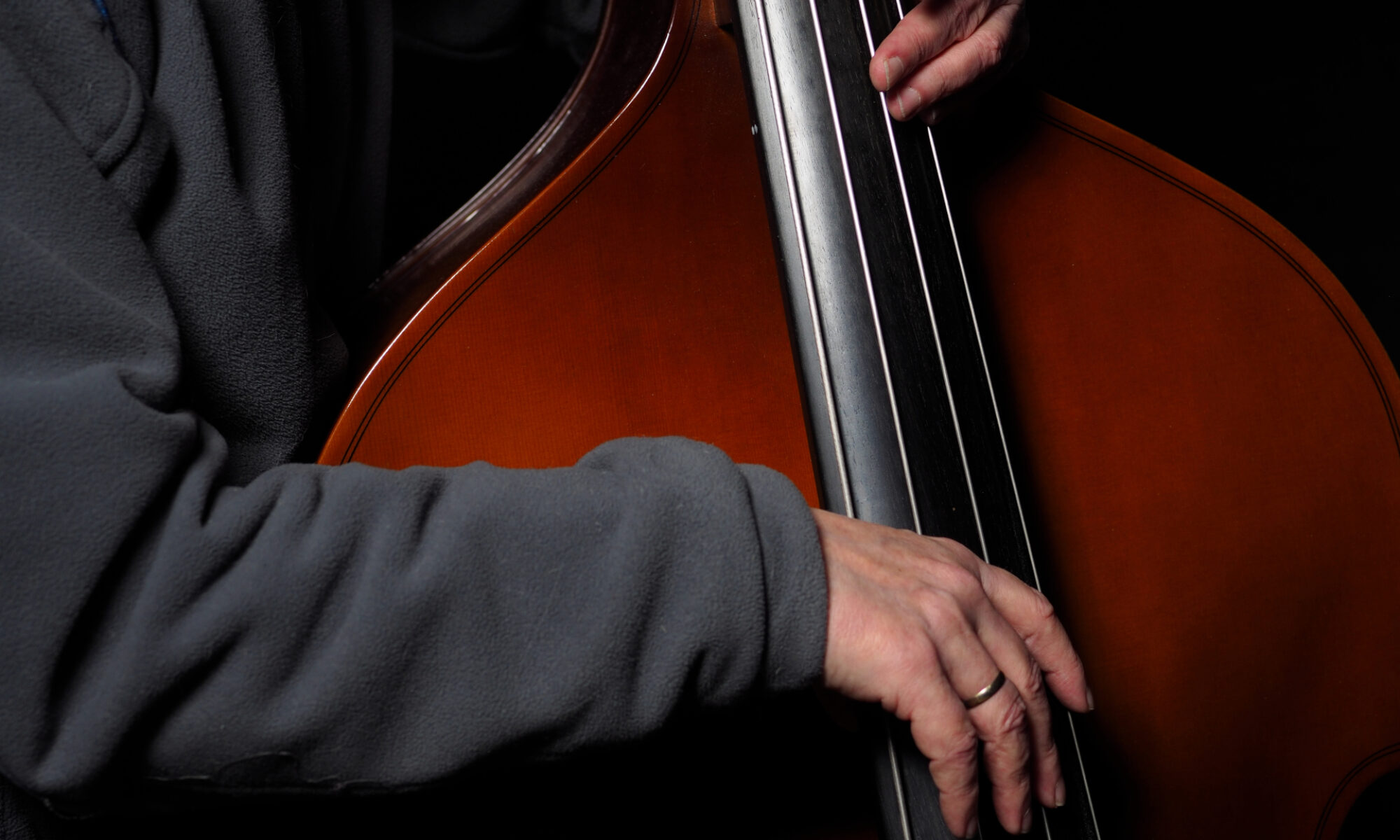Let me tell you this first: I’m a Linux user. Since years. And happy with it.
So yesterday the latest and greatest (and probably last ever) Windows was released. A colleague of mine immediately tried the “Enterprise 2015 LTS” branch in a virtual machine at work, and I tried the “Pro” version yesterday evening at home, also in a virtual machine:

Screenshot from 2015-07-29 22:45:46
Windows 10 in an Oracle VirtualBox on 64 Bit Debian GNU/Linux 8 “Jessie”
Looks pretty cool, especially the new “Edge” browser. But at the moment it cannot replace my also virtualized and small Win7 since VirtualBox on Debian is probably a bit too old to run the Guest Additions, which you’d need to share drives, or to use the full screen (1920×1200 pixel in my case) with a proper driver. For dual booting, sure, I’d probably give it a try, but since I don’t use the typical Adobe heavyweights, I don’t need it to access all 8GB of RAM, and to spread itself all over my boot disk.
Which brings me to hardware. Nasim Mansurov has a very nice and interesting article about building the optimal PC for photographers’ needs, and his recommendations even top the ones I read in a c’t special issue about the optimal machine for using Photoshop (a guy from Adobe themselves said that 16GB of RAM is just fine at the moment).
What makes Nasim’s article interesting is that it mentions stuff I didn’t know about, like his point 4 about M.2 SSDs. But both his recommendations are a bit overkill in my opinion, or to use his own car analogy, that feels like driving a Ferrari through the rush hour, when a Toyota Corolla would do fine as well.
If I were to build a PC these days (and yes, I have also done this since at least 15 years or so), I’d probably go with something like the Quad Core PC mentioned by c’t in January this year, updating it with the newer components from issue 16 sans the series 5 processor which would produce BIOS/UEFI problems with most boards.
So my choice would look like: 16GB of RAM, Core i5 or i7 processor, SSD as boot and OS drive plus that 4TB spinning disk data drive they mention. All in all, without OS, that would still be under 1k€ (or $) – cheaper than even the “small” machine recommendation from Nasim. And more than capable for the rest of us who don’t even have 36MP cameras.
Yes, I’d probably dual boot a machine like that, and have a look at Lightroom or Capture One Pro on Windows. Of course, the best part of it would and will always be Debian, or any other free (as in beer and as in speech) operating system. I’d rather trust my open source buddies than any corporation (whose best friends will always be the shareholders instead of the customers).
About cameras? Even my old 10MP E-520 DSLR can still take a nice enough picture, even if it has only about a quarter of the sensor of a D810 (both area and pixel count, so pixel density is about equal or even higher than with that top Nikon camera):

Orchid
Update: Please note, I’m not anti-Microsoft, or anti-anything. Tools are tools, you have to search the ones which are right for you and your needs. In fact, some of the guys working at that corporation are pretty cool, like this nice tip shows. Maybe my wife can use that to upgrade her new Dell notebook from Win8.1 to Win10, without affecting her Ubuntu bootloader. It also makes me think about upgrading my hardware, see above. Found via this and this page, during a quick scan of interesting daily news.
Thanks for reading.



















